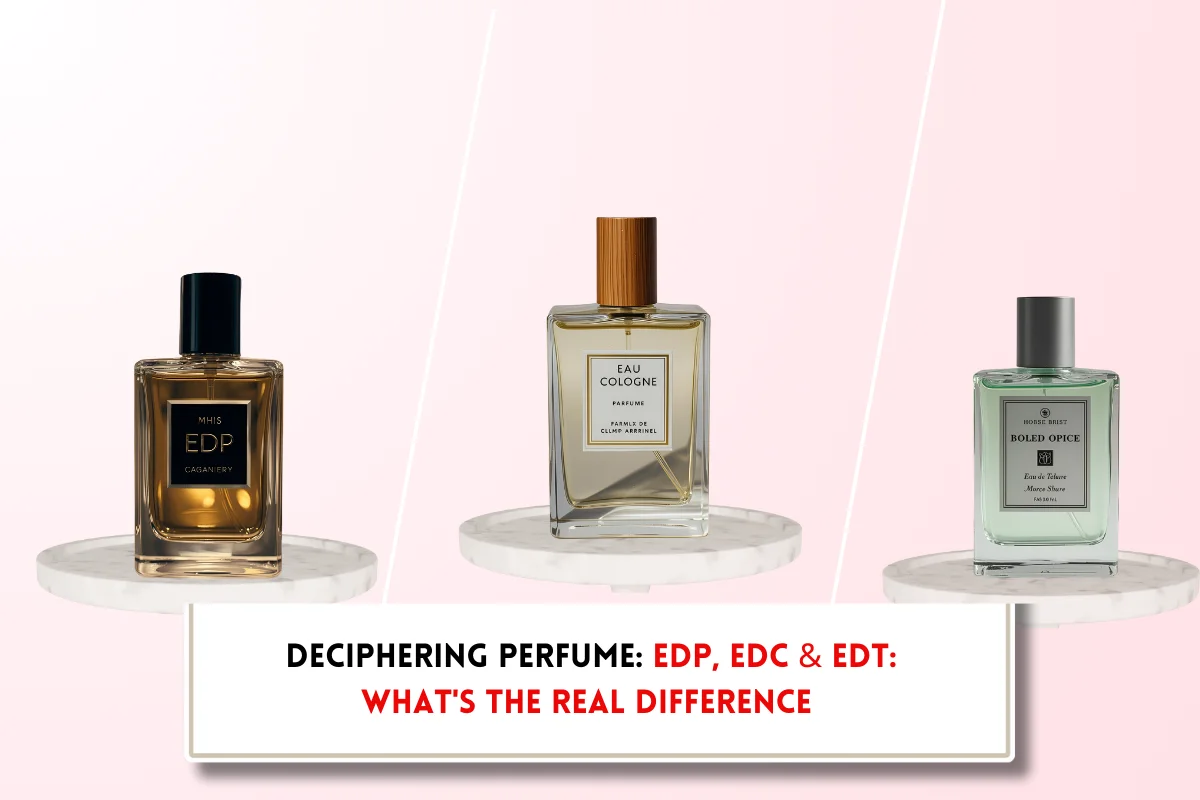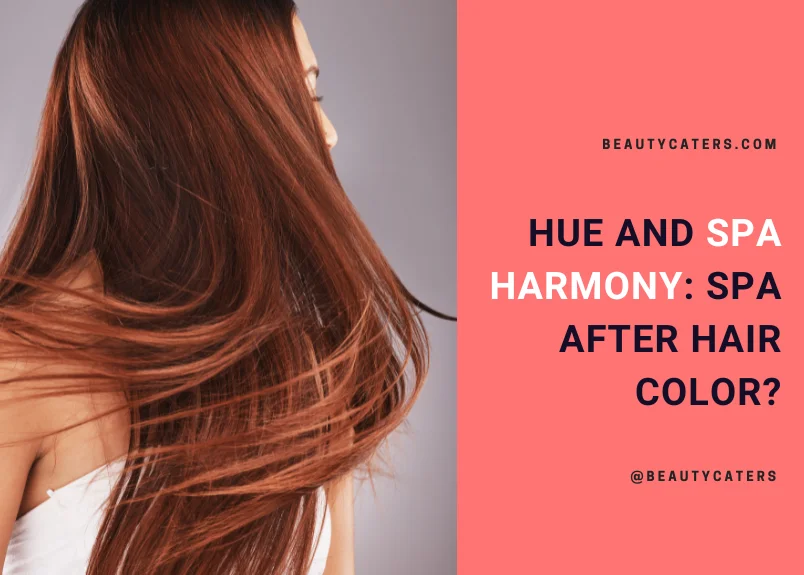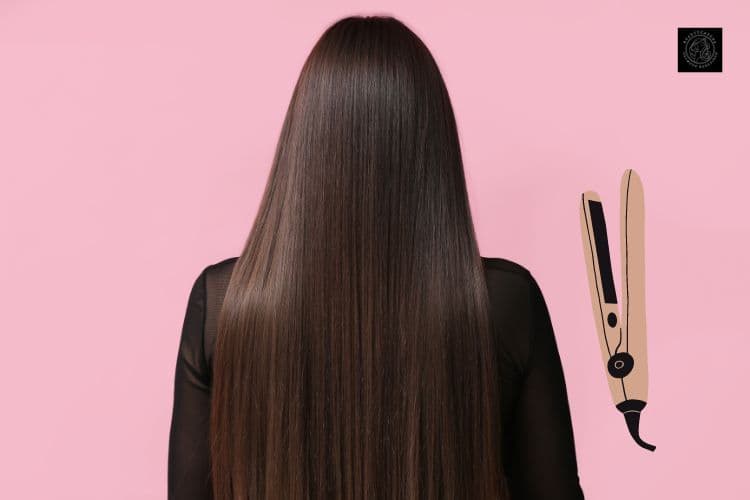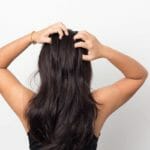Can I mix two hair colors from the same brand?
At BeautyCaters, our expert team independently curates every recommended product. Purchases through our links may earn us a commission. Explore our transparent selection process.
Whether you want to tweak your shade, add subtle dimension or achieve a completely new look, blending dyes is a great way to get creative and personalized look. But, can I mix two hair colors from the same brand? In this post, we’ll explore the dos and don’ts of mixing hair colors, break down how to safely mix shades, avoid common pitfalls, and achieve stunning results.
- Can I mix two hair colors from the same brand?
- What factors effect mixing of two colors?
- What are the benefits of mixing hair colors?
- What are the guidelines for mixing hair colors?
- Common mistakes to avoid while mixing two colors
- How to maintain mixed hair colors?
- Final Word: Can I mix two hair colors from the same brand?
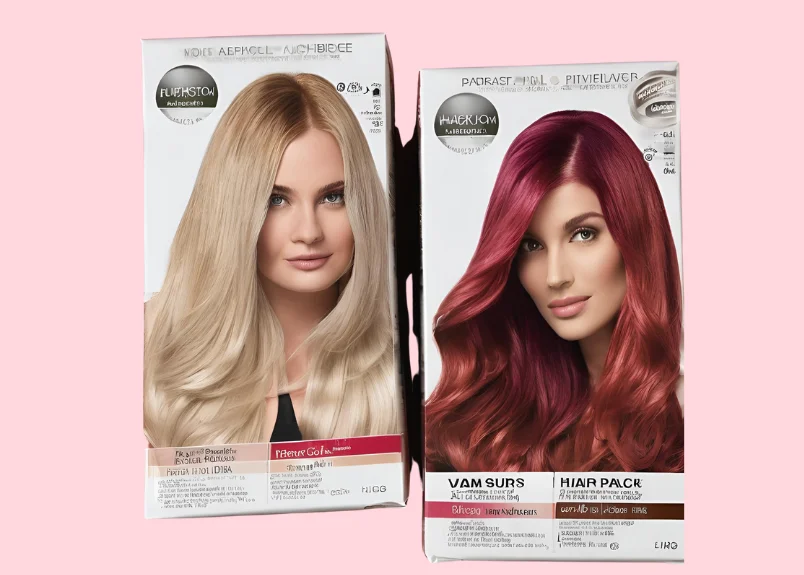
Can I mix two hair colors from the same brand?
Mixing hair colors can be a fun and creative way to achieve a personalized look. But, mixing two colors from the same brand ensures formula compatibility ensures the formulas work harmoniously for a smooth application and even coverage, and give you more control desired final look.
What factors effect mixing of two colors?
Mixing of two hair colors depends on 3 essential factors. These factors are:
- Understanding hair color principles: When mixing hair colors, it’s essential to grasp the basics of hair color theory. This knowledge will guide you in understanding how different pigments interact and help you achieve your desired outcome. Whether you’re blending two shades or creating a custom hue, understanding the fundamentals of hair color will empower you to make informed choices.
- The color wheel and hair color: Color theory plays a crucial role in hair dyeing. The color wheel visually represents the relationships between colors, helping you understand how mixing certain shades can create harmony or contrast. By using this tool, you can determine which colors complement each other. For instance, combining warm and cool tones can result in a unique and captivating effect. Ultimately, your choices will impact the vibrancy and depth of your hair color.
- Levels and tones in hair dye: To effectively mix hair colors, it’s crucial to consider both levels and tones. Levels indicate the lightness or darkness of a color, ranging from 1 (black) to 10 (lightest blonde), while tones represent the color’s shade, such as ash, warm, or neutral. Understanding these elements will help you achieve a well-balanced blend that flatters your features. For example, blending a level 6 (dark blonde) with a level 8 (light blonde) can create dimension and depth. Additionally, selecting the right tones can either enhance or mute the overall look.
Always ensure that your selected colors complement each other to achieve a harmonious outcome.
What are the benefits of mixing hair colors?
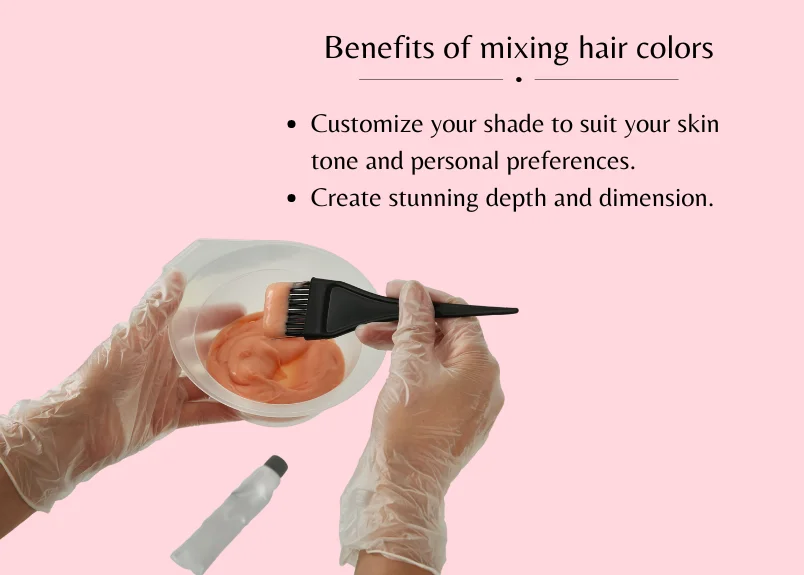
Mixing hair colors elevate your look and style in ways that single shades often cannot. Some of the key benefits include achieving a unique hue, addressing particular hair concerns, and experimenting with fashion trends without committing to a permanent change. Ultimately, this allows you to express your individuality more freely. Here are two prime benefits of mixing hair color.
- Customize your shade: Hair color mixing empowers you to customize your shade to suit your skin tone and personal preferences. Combination of different tones creates a harmonious blend that enhances your natural beauty and complements your overall appearance.
- Achieve dimension and depth: Mixing hair colors create stunning layers within your hair that add visual interest and movement. Mixing color shades give the appearance of depth and dimension to your hairstyle, making it more dynamic and lively. This technique prevents your hair color from looking flat and lifeless, providing a vibrant, multifaceted look, breaks the monotony of solid color, and allows for transitional and multi-dimensional aesthetics, leading to a more engaging look that draws attention and light.
Also Read: Can you mix permanent and semi-permanent hair color?
What are the guidelines for mixing hair colors?
If you’re considering mixing two hair colors, it’s vital to follow proper guidelines to achieve the desired result. Mixing colors enhance depth or create a unique shade, but relying on a systematic approach guarantees consistency and satisfaction in your results.
- Choose compatible shades: Besides complementing each other, choosing compatible shades involves understanding color theory. Warm tones pair well with warm tones, while cool tones should mix with their counterparts. Make sure the shades you choose from the same brand share similar undertones to avoid an undesired outcome.
- Proper mixing ratios: Shades greatly affect the result, and proper mixing ratios play a vital role in achieving the perfect hue. Most brands recommend a specific ratio, typically between 1:1 to 1:2, depending on the chosen shades. Always adhere to the manufacturer’s guidelines for exact mixing ratios to ensure optimal results.
- Testing your mixture: To ensure that the mixed hair colors yield the desired results, it’s vital to test your mixture on a small section before applying it to your entire head. This step will provide insight into how the colors blend and how they will look against your natural hair tone.
- Strand test importance: Along with testing the mixture, performing a strand test offer you a preview of the hair color outcome on your specific hair type. This process involves applying the mixed color to a small, discreet section of hair to observe how it reacts with your natural shade and texture. A strand test can prevent unforeseen disappointments and ensure you are satisfied with the final look.
Common mistakes to avoid while mixing two colors
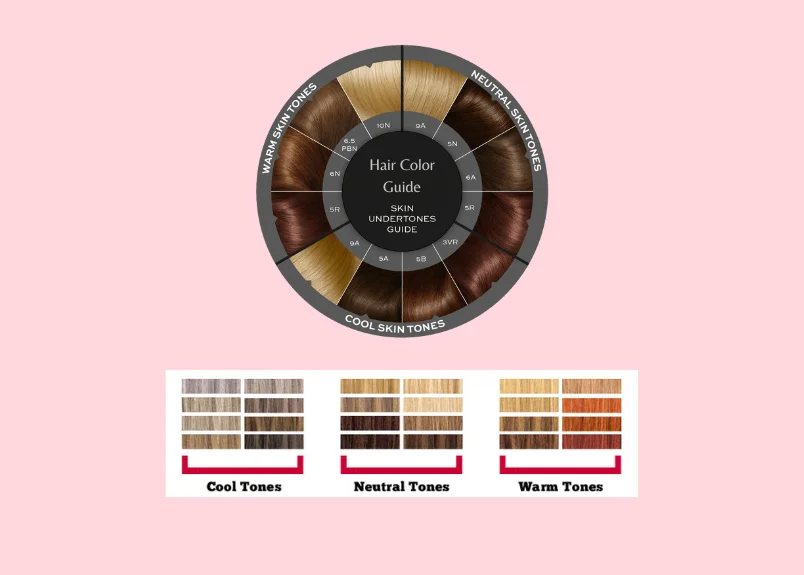
While mixing two hair colors from the same brand might seem straightforward, several mistakes can lead to disappointing results. For instance, failing to understand how color components interact or disregarding processing times can affect your final look. Always ensure you have a clear plan and the right knowledge before diving in. Here are 2 mistakes you must avoid:
- Ignoring undertones: Behind every shade lie undertones that play a significant role in determining the overall color outcome. If you ignore the undertones of the colors you’re mixing, you could end up with an unflattering hue. Always analyze the undertones like ash, gold, or neutral before blending, as they can drastically change the result of your hair color.
- Miscalculating ratios: Common mistakes often arise from miscalculating the ratios of the colors you plan to mix. Achieving the right balance is necessary because too much of one color can overpower the other, leading to unexpected results. Always measure your colors accurately, as this will greatly influence the outcome of your hair dyeing process. Precision in ratios is key for the perfect blend.
How to maintain mixed hair colors?
Your mixed hair colors require special attention to stay vibrant and healthy. Regular maintenance can help preserve the color integrity and shine of your hair. This includes using color-safe shampoos and conditioners, limiting heat styling, and scheduling regular treatments to prevent fading. It’s generally recommended to plan touch-ups every 4 to 6 weeks, depending on your hair growth and the type of colors used. This frequency helps prevent noticeable roots and maintains color consistency across your mixed shades.
Additionally, consider using products specifically designed for color-treated hair to enhance the longevity of your mixed shades. Consistent care will ensure that your unique blend of colors remains beautiful and radiant.
Final Word: Can I mix two hair colors from the same brand?
Mixing hair colors can be a fun way to experiment and achieve unique shades. However, it’s essential to proceed with caution and consider the potential risks. While mixing colors from the same brand can often yield predictable results, it’s always a good idea to test the mixture on a small section of hair first to avoid any surprises. Remember, professional guidance is invaluable when it comes to achieving desired hair color results without compromising hair health.


